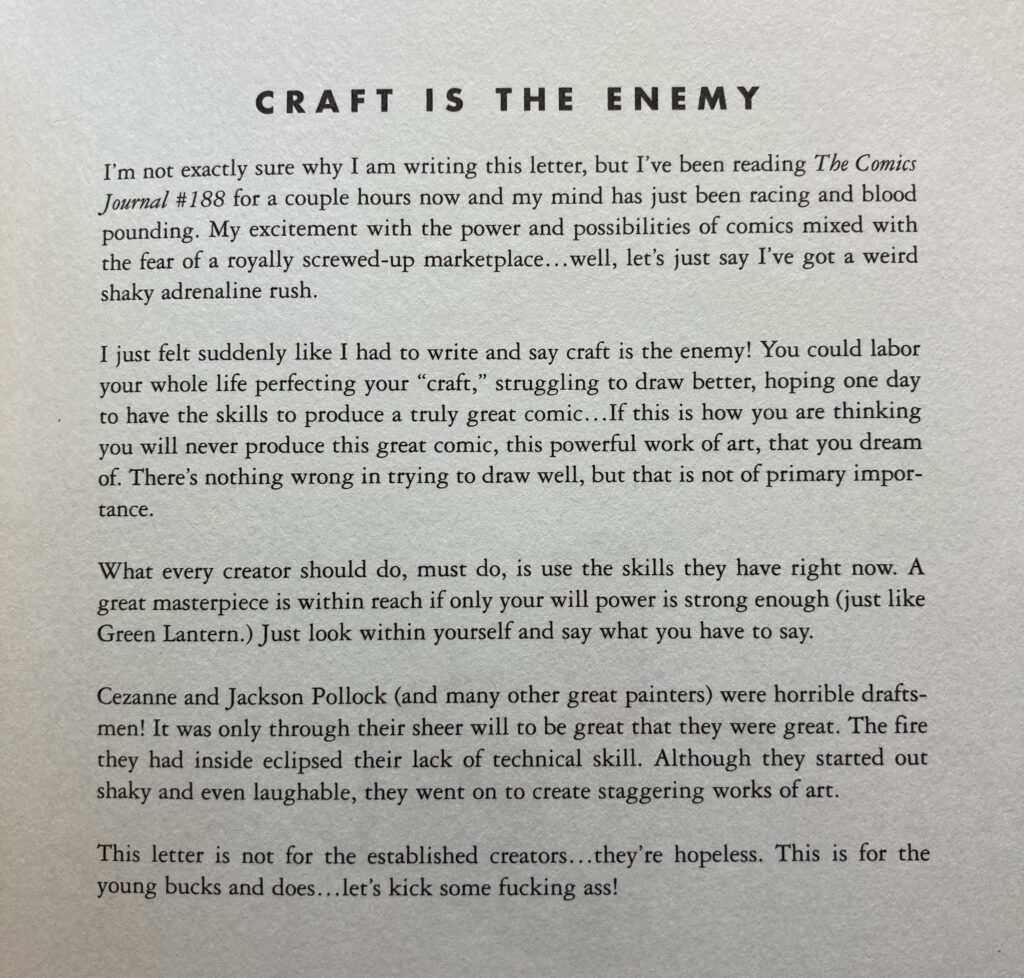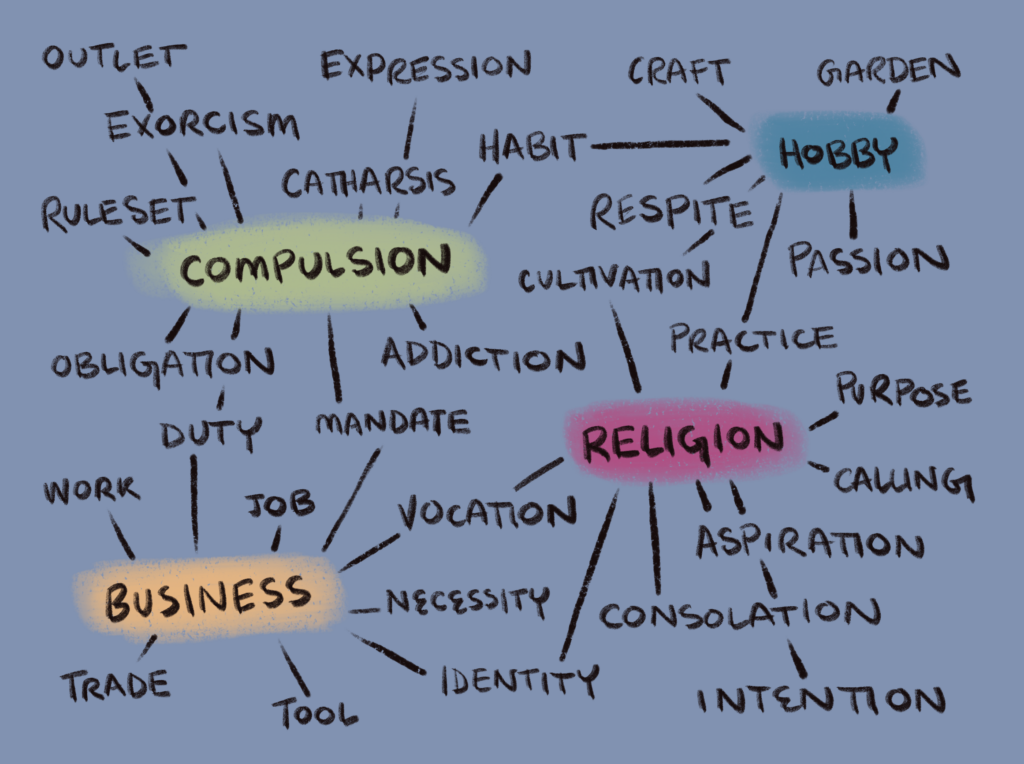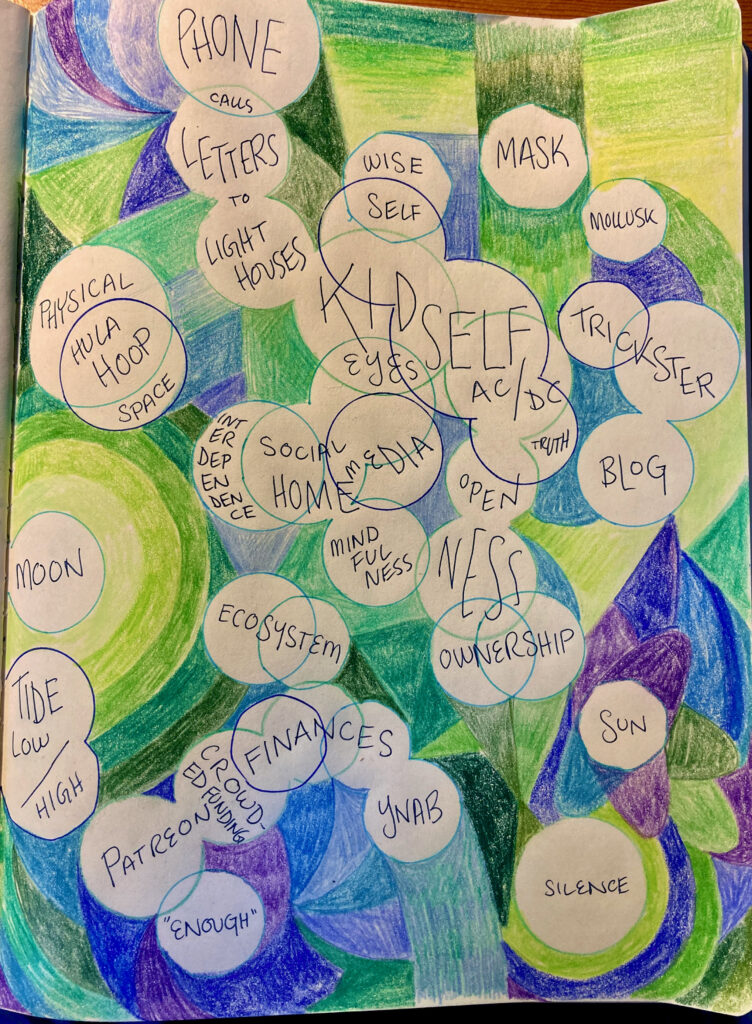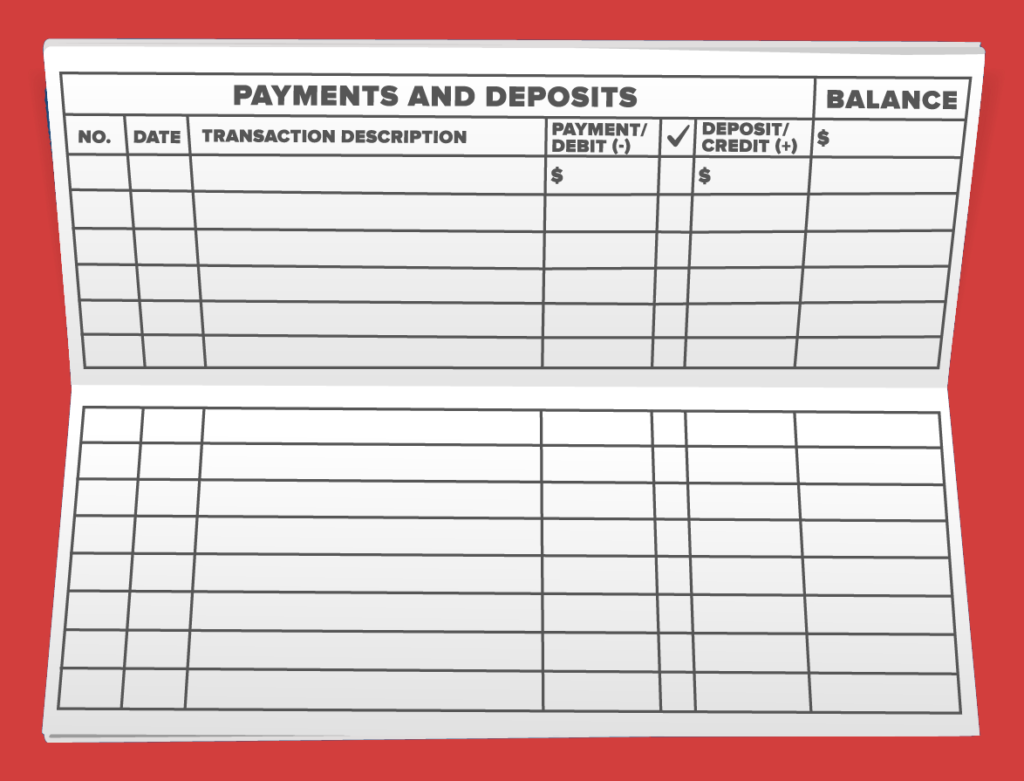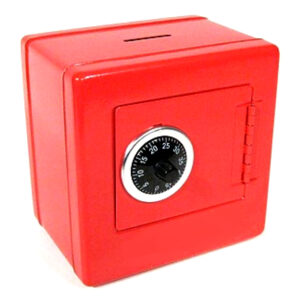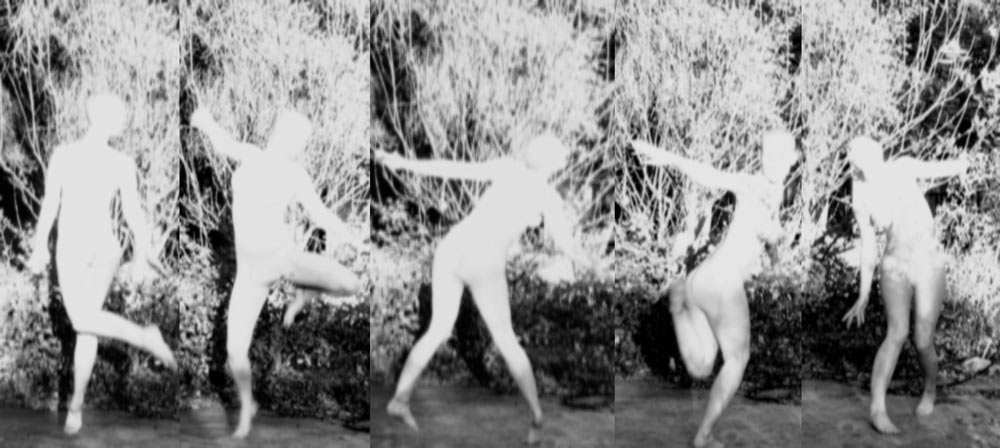I’m starting to think I have a knack for digital bibliomancy—an uncanny ability, given the vastness and improbability of the internet, to stumble upon just the right input at just the right time.
To set the scene: I finished watercoloring my hourly comics tonight, and have been thinking a great deal about repetition and sameness and grief and depicting the people and places you love. I’ve also been picking apart why, having made this intimate portrait of what it looks like to care for my aging father day in and day out, I feel more comfortable with the idea of sharing the comic online with an audience of thousands than I do showing it to my own mother.
Tonight, the knack looked like going on Twitter to follow someone I’d just met through a private Slack, reading the last few tweets in her timeline, seeing a link she’d posted in early 2021 to a now-archived blog, clicking through and laughing at the blog and then feeling like the curator‘s name was familiar, realizing I’d read a book she’d cowritten some years ago, perusing a list of essays on her website, and finally clicking on the first one because it was about “death, mourning, the artist Pierre Bonnard, and how to make a vital life out of repetitions and sameness, rather than newness and adventure.”
Here she comes:
There is a deep, dark, endless feeling to representing one’s insides. What appears in your writing changes the objects and people around you; they take on the qualities of how you portrayed them. A friend drawn ugly becomes ugly. A life drawn sweet becomes more sweet. To draw your life is to attempt to transform it with your magic. Your life invariably comes to resemble the depiction layered on top of it, because you now look at it through the lens of how you depicted it. This is why some artists run away from their lives; because who among us can live forever in our own dream?
I threw that bold in there, because that was the point I sat up straight and thought “OH SHIT.”
Of Bonnard’s working method the curator Dita Amory wrote, “Only when he felt a deep familiarity with his subject—be it a human model or a modest household jug—did he feel ready to paint it…. Asked if he might consider adding a specific object to his carefully circumscribed still-life repertoire, he demurred, saying, ‘I haven’t lived with that long enough to paint it.’”
I have repeated that phrase in my mind so often since encountering it, twisting it this way and that: I haven’t lived with it long enough to paint it. I haven’t lived with it long enough to write about it. I haven’t lived with it long enough to love it. What does it mean to distrust the novelty of experience? To say instead that what one needs in order to create are not new things—not new grand adventures, not new wives or husbands or cities—but the same thing over and over again until a Platonic form of the thing builds up in the mind and becomes the model for what is written about, or painted?
There were many moments in the course of penciling and inking my hourlies that I found myself drawing things without reference and feeling surprised—as if I haven’t interacted with them daily my entire life. As if I haven’t seen the exact pattern of my father’s behaviors day in and day out for an entire year.
I keep thinking about fixed action patterns in animals.
I keep thinking about what is being cemented in me during this season.
We all know that there is a quality of duration that must be harnessed, which seems to be not only a way of working against the fickle intrusion of inspiration but the only way of living after a certain age: understanding the humdrum repetitions of life to be a kind of balance; refusing to chase the tsunami of inspiration that comes with each new falling in love, each new city; having only the same walls around us, and the same plates, and only one wife, who will always dislike our friends, and spend day after day in the bath.
(I even have a wife who loves the bath! It’s not relevant to the main thrust of this, but I do love my wife and my wife loves the bath.)
There it is: the delight of finding something that speaks so precisely to the moment I’m in—down to the second. And then the wondering about whether reading it on any other day would’ve left me cold.
(The first time I read Ali Smith I bounced off her work entirely. And now I’m reading everything of hers I can get my hands on.)
Walking in the forest with my dog a few weeks after my father died, I noticed the green of the fir trees; the colors were so muted and beautiful. And up above was a flat gray sky, easy to look at, the sun dimmed at midday by a thick layer of clouds. All I could see were the colors in nature and their perfect harmony. I could have stood there staring for much longer if my dog hadn’t been impatient, and if my shoes hadn’t been wet. Everything was dripping, the previous day’s snow already melting. And because I felt in that moment as if I had never really looked at colors before, I stood wondering beneath the shadowless sky whether, when my father died, the spirit that had enlivened him passed into me, for I had held him as he died; as perhaps when his father, a painter, died, his spirit went into my father, so that now I had the spirit of my father and the spirit of my grandfather both inside me. And I wondered whether this influence—the spirit of my painter grandfather inside me—was why I was suddenly noticing colors.
What a gift.
